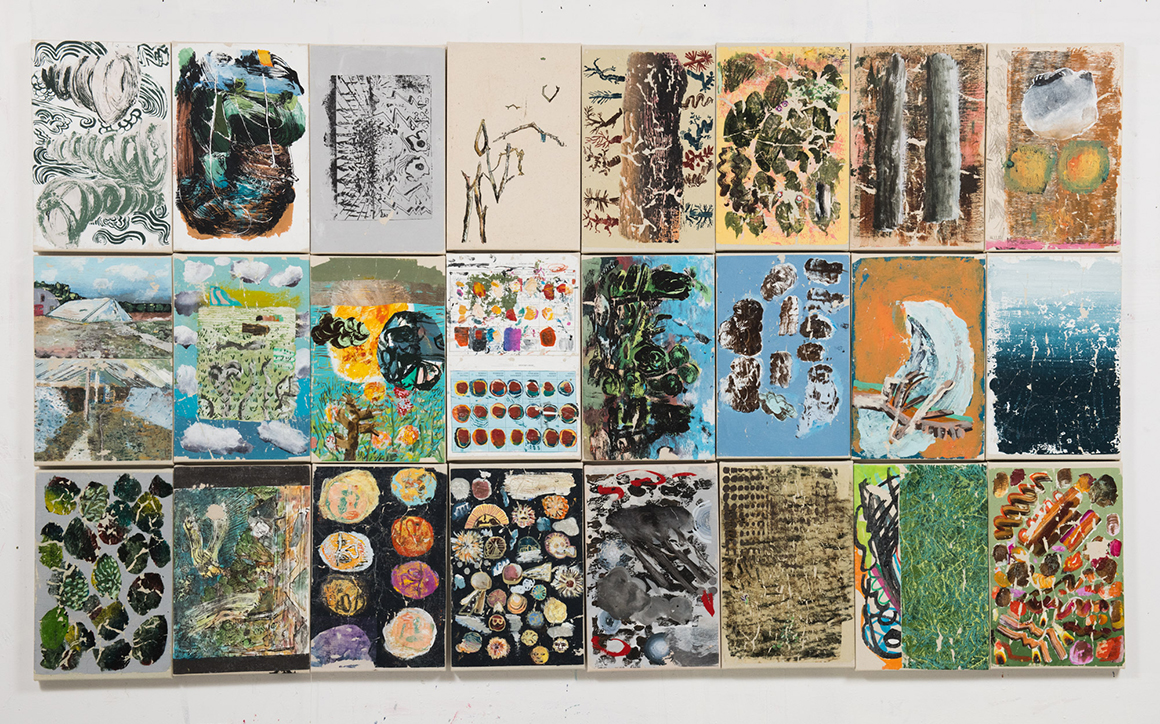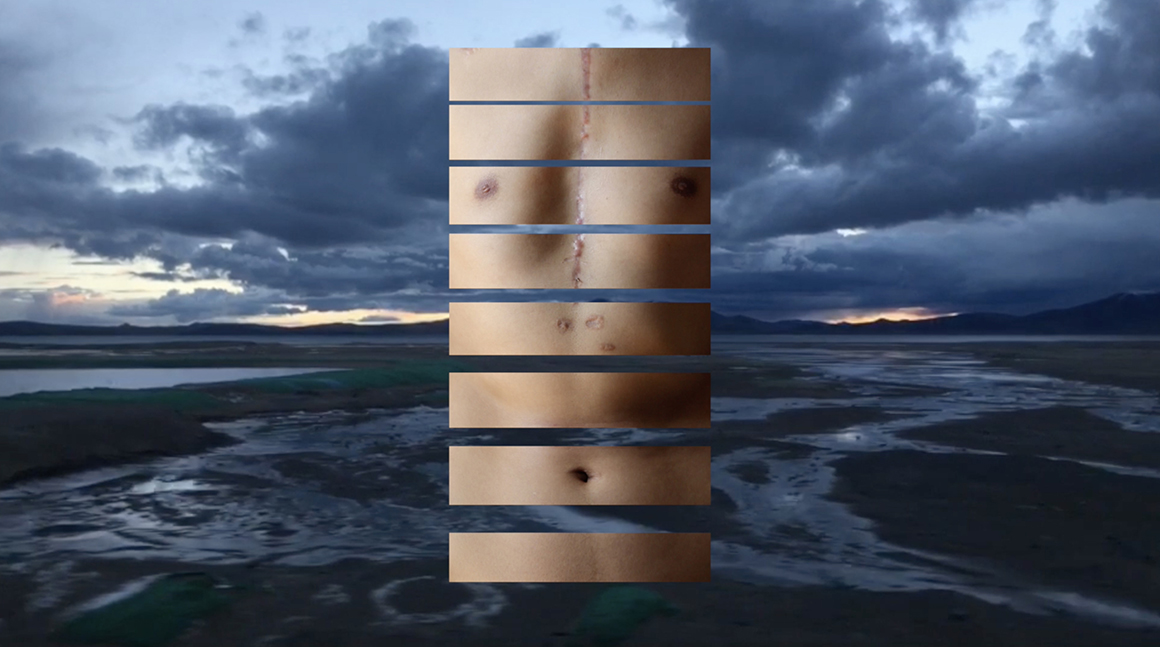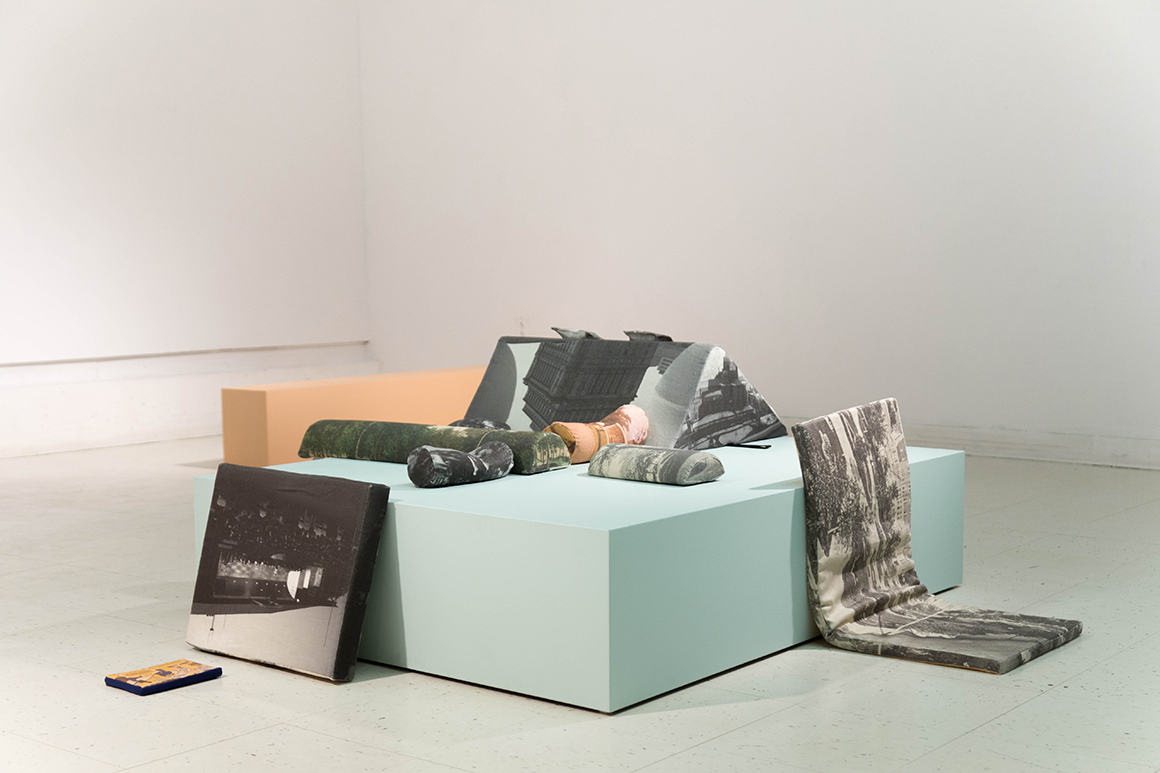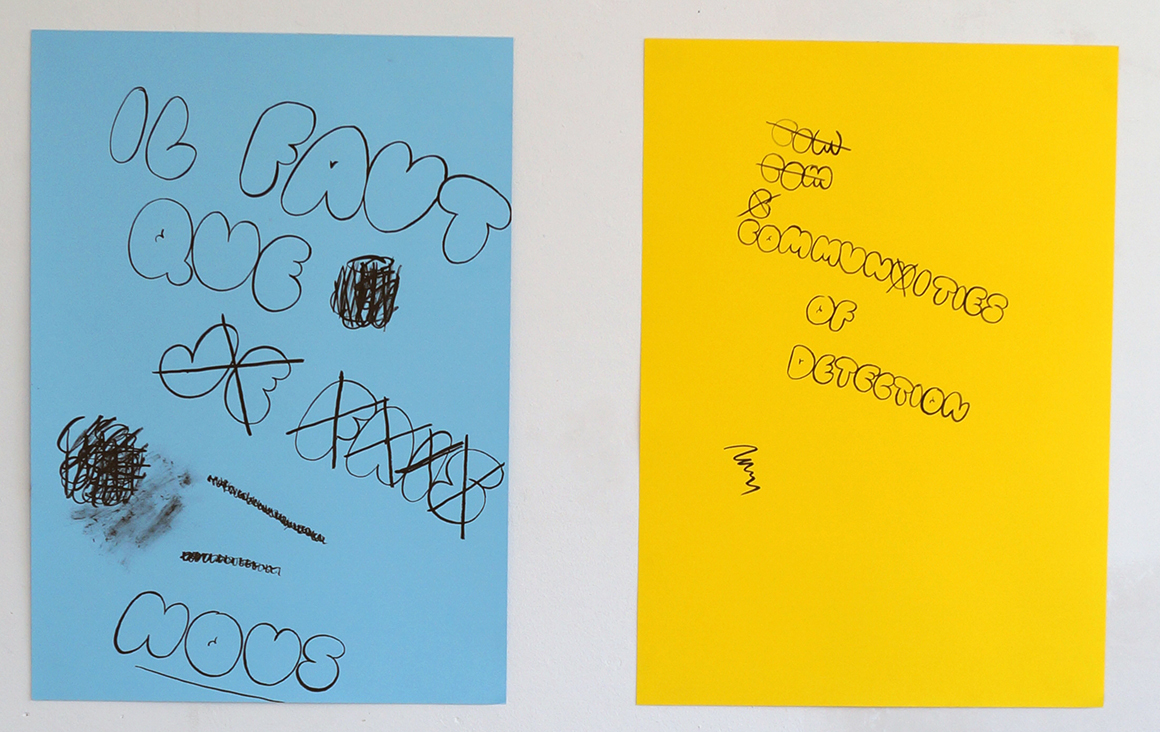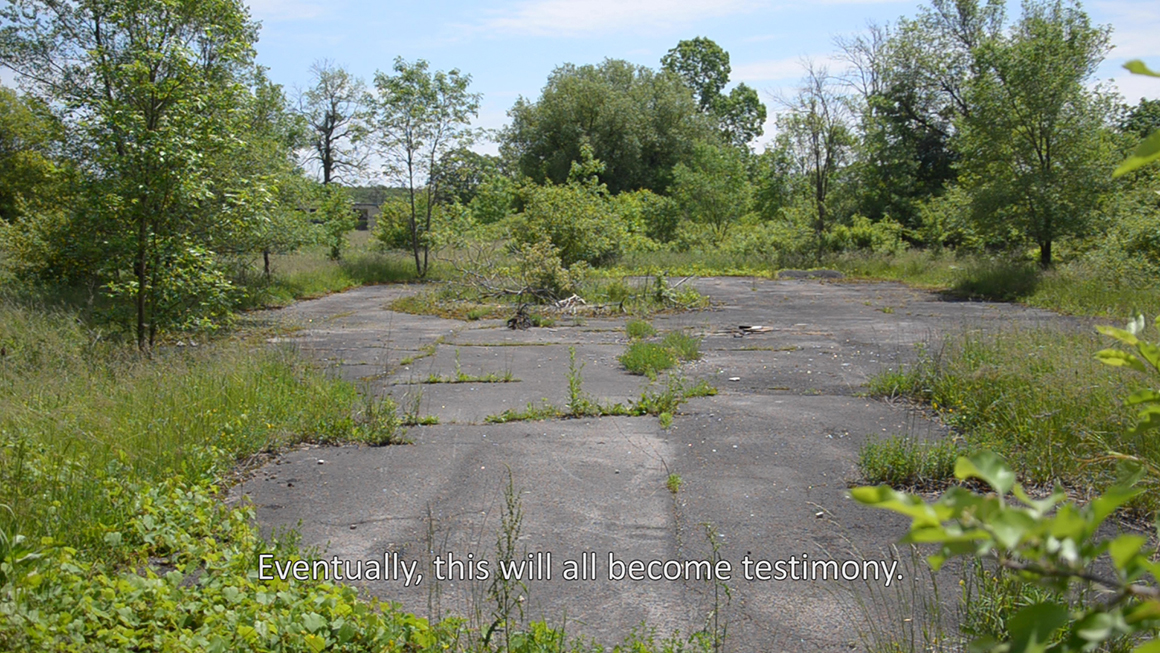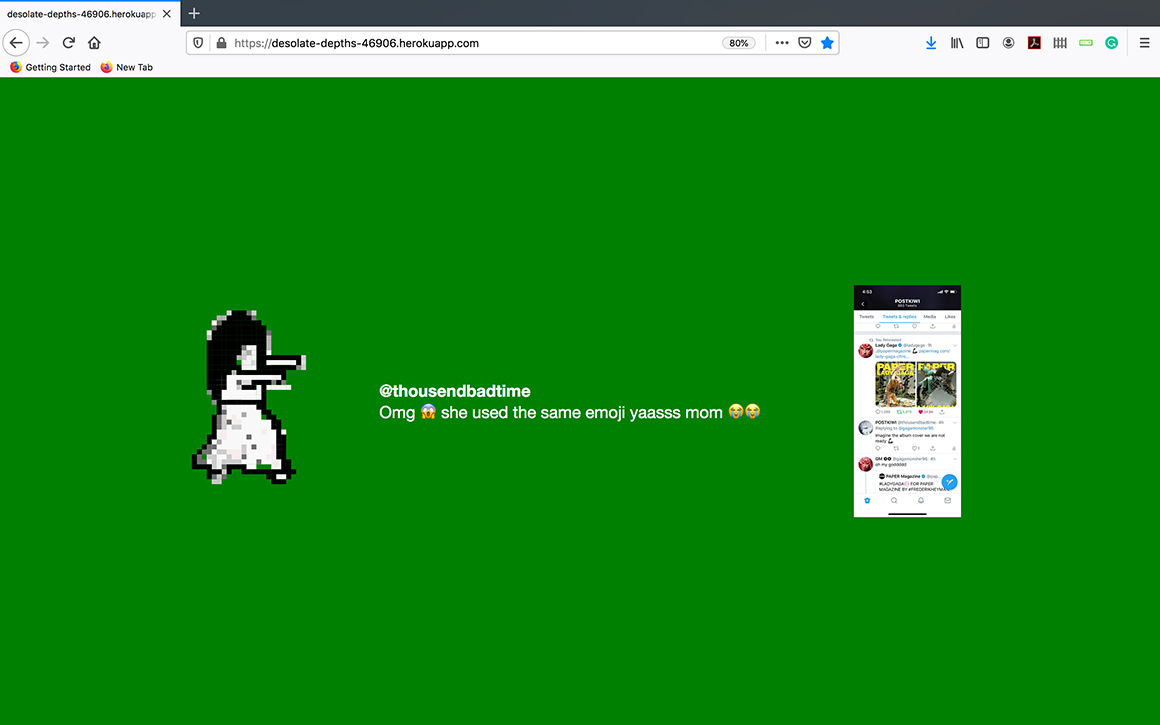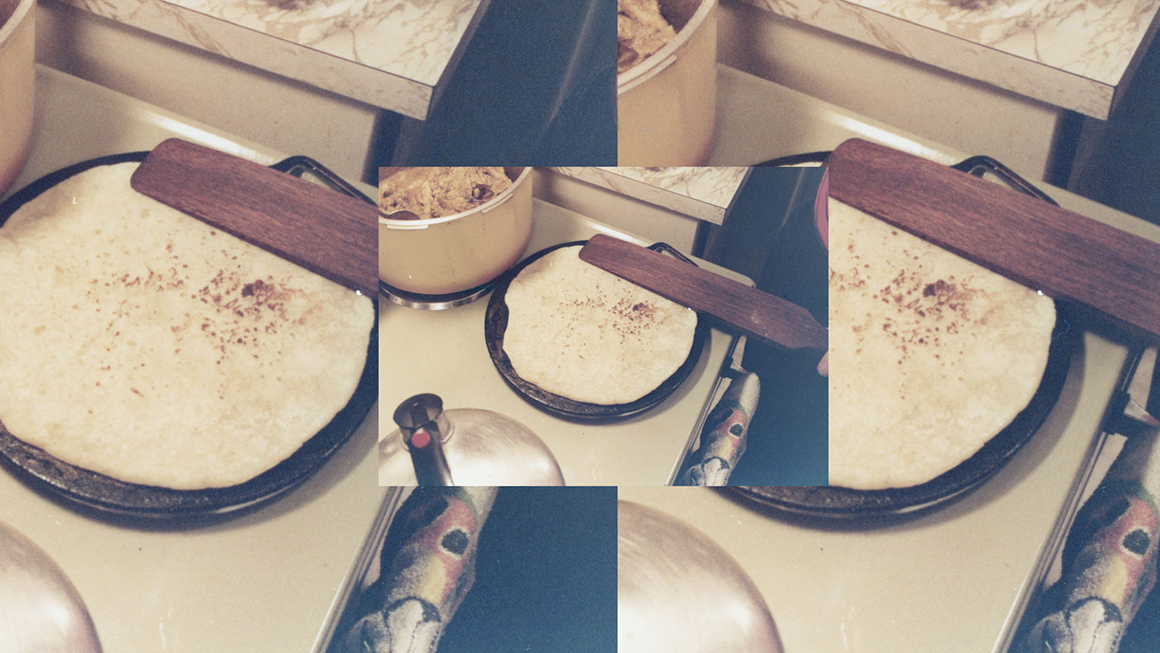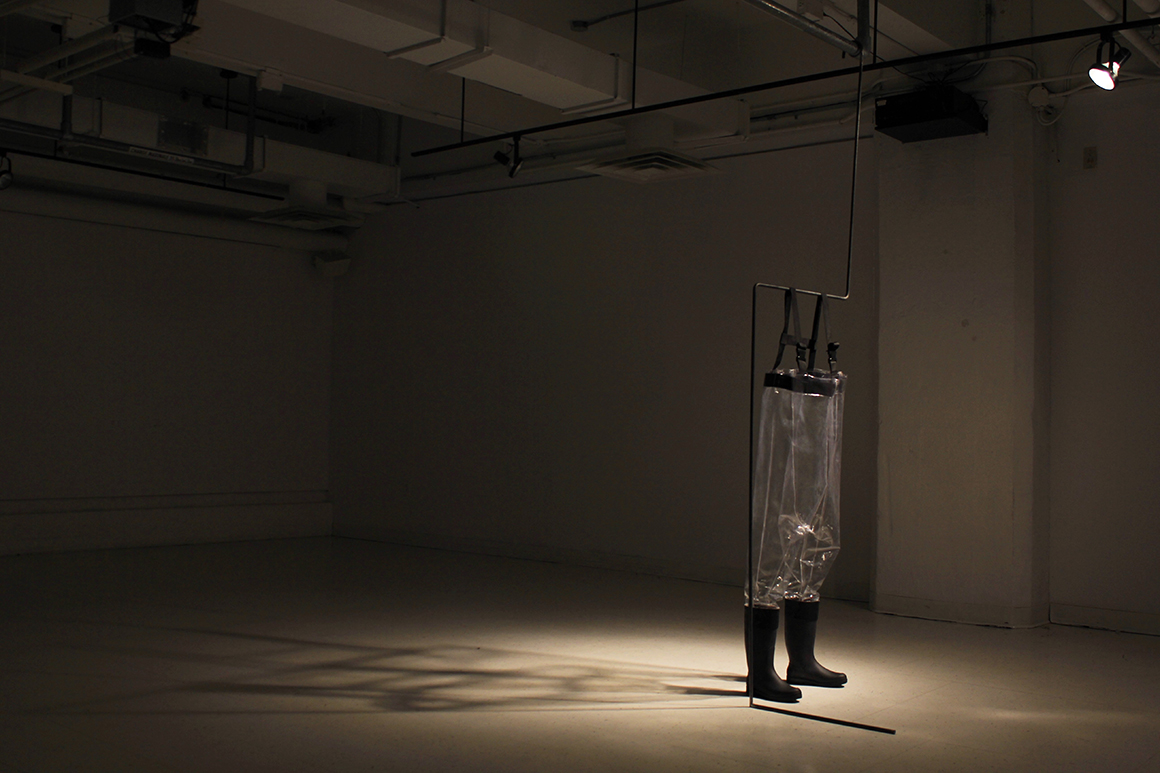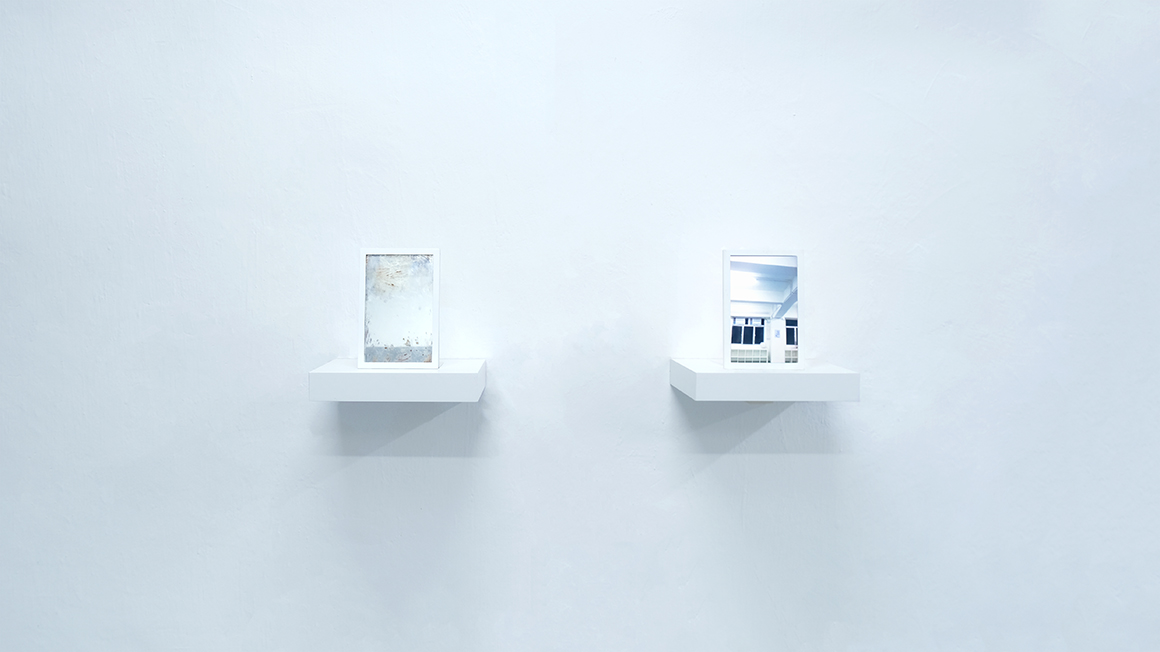IGNITION is an annual exhibition that features new work by students currently enrolled in the Studio Arts or Humanities graduate programs at Concordia University. It provides an up and coming generation of artists with a unique opportunity to present ambitious, interdisciplinary works in the professional context of a gallery with a national and international profile. This year, due to exceptional circumstances, graduate students worked directly with Gallery staff to produce an on-line presentation. It places an emphasis on critical, innovative, and experimental work, engaging in the exploration and consideration of diverse media and practices. IGNITION is of interest to all students and faculty, the art community, and the general public.
Produced with the support of the Frederick and Mary Kay Lowy Art Education Fund
April 1 – May 1, 2020 (Online)
Janice Ka-Wa Cheung, Elliott Elliott, Christopher Johnstone, David Lafrance, Ahreum Lee, Diyar Mayil, Iso E. Setel, Mariane Stratis, Jiyang Zhang
Projects selected by Eunice Bélidor and Michèle Thériault
COMMENTARY BY EUNICE BÉLIDOR
As with every Ignition selection, the artists chosen to be part of this year’s edition did not fall under one overarching theme. They were, however, selected because of their interest in matters that were relatable and topical or current. It does seem like years ago that this selection was made: I am currently writing these words aware that the exhibition has been cancelled because of Concordia University’s closure due to COVID-19. In terms of curating, I cannot help but wonder whether our selection would have been the same knowing now that the presentation will be online. What does it mean to think of an exhibition in relation to the space it will occupy, then having to more or less keep the same thinking, digitally?
Curating often calls for grouping works under similar ideas or thematics, to open up new meanings for the public; for Ignition 16, I have grouped the selected artists under three themes:
Physicality, or how artists are interpreting the corporeal, what is/has a physical body. Diyar Mayil speaks of the way various forms of disenfranchisement become incorporated in our bodies. Janice Ka-Wa Cheung uses real and digital mirrors to urge us into rethinking our primary desire to see a perfect self-image. Jiyang Zhang uses films to talk about physical illness and presents human forms to reflect on loneliness and ambivalence.
Archives, or how artist are presenting or creating personal and public archives. Mariane Stratis remembers the Faubourg Saint-Antoine cemetery (1799-1854), which still lies under Dorchester Square. Christopher Johnson digs into his great-grandfather’s journey as an indentured labourer to examine his ancestral fracture from land, making for an ever-shifting Canadian identity. Ahreum Lee presents archives of her digital relationship to not only her mother, but to motherhood; Lee also creates a communal archive by putting together hashtags with words relating to “mother” for the public to understand her heavily mediated family relationship. Elliott Elliott uses drawings of notes to perform a visual record of thinking-through marking.
Environment: one cannot start the new decade without sharing concerns about the environment. Iso E. Setel focusses on the Love Canal site in Niagara Falls, New York, a toxic waste dumping site which would become the birthplace of an environmental justice movement in the 70s. David Lafrance builds landscapes by fragments to define our direct and virtual relationship to nature and the environment.
Through these difficult times, I am grateful to be able to participate in the presentation of artists’ work, and for the close proximity with Michèle during the selection.
COMMENTARY BY EUNICE BÉLIDOR
As with every Ignition selection, the artists chosen to be part of this year’s edition did not fall under one overarching theme. They were, however, selected because of their interest in matters that were relatable and topical or current. It does seem like years ago that this selection was made: I am currently writing these words aware that the exhibition has been cancelled because of Concordia University’s closure due to COVID-19. In terms of curating, I cannot help but wonder whether our selection would have been the same knowing now that the presentation will be online. What does it mean to think of an exhibition in relation to the space it will occupy, then having to more or less keep the same thinking, digitally?
Curating often calls for grouping works under similar ideas or thematics, to open up new meanings for the public; for Ignition 16, I have grouped the selected artists under three themes:
Physicality, or how artists are interpreting the corporeal, what is/has a physical body. Diyar Mayil speaks of the way various forms of disenfranchisement become incorporated in our bodies. Janice Ka-Wa Cheung uses real and digital mirrors to urge us into rethinking our primary desire to see a perfect self-image. Jiyang Zhang uses films to talk about physical illness and presents human forms to reflect on loneliness and ambivalence.
Archives, or how artist are presenting or creating personal and public archives. Mariane Stratis remembers the Faubourg Saint-Antoine cemetery (1799-1854), which still lies under Dorchester Square. Christopher Johnson digs into his great-grandfather’s journey as an indentured labourer to examine his ancestral fracture from land, making for an ever-shifting Canadian identity. Ahreum Lee presents archives of her digital relationship to not only her mother, but to motherhood; Lee also creates a communal archive by putting together hashtags with words relating to “mother” for the public to understand her heavily mediated family relationship. Elliott Elliott uses drawings of notes to perform a visual record of thinking-through marking.
Environment: one cannot start the new decade without sharing concerns about the environment. Iso E. Setel focusses on the Love Canal site in Niagara Falls, New York, a toxic waste dumping site which would become the birthplace of an environmental justice movement in the 70s. David Lafrance builds landscapes by fragments to define our direct and virtual relationship to nature and the environment.
Through these difficult times, I am grateful to be able to participate in the presentation of artists’ work, and for the close proximity with Michèle during the selection.







